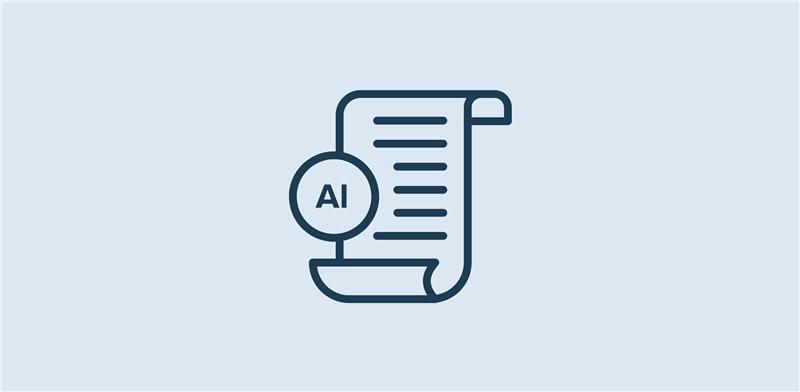What if critical medical devices never fail unexpectedly. Patient safety, operational continuity, and cost savings are assured by intelligent systems working quietly in the background. This vision is no longer just a hypothetical situation; it is now becoming reality, thanks to predictive maintenance powered by AI. The healthcare and MedTech sectors are already seeing major transformations because of this approach.
The Real Risk: Equipment failure and incorrect readings
For hospitals, labs, and clinics, equipment breakdowns can have serious consequences. Downtime in a blood analyzer or patient monitoring device disrupts treatments and erodes trust. Just as critical, but often overlooked, are incorrect readings that result from undetected sensor drift or device degradation. These failures can undermine clinical decisions, risk patient safety, and threaten compliance with regulations.
Why traditional maintenance falls short
Most healthcare organizations rely on periodic maintenance schedules or react to device failures after the fact. However, since only about one percent of device records shows an actual fault, most signals leading to failures are rare and subtle. This means traditional methods are either too late to help or too expensive and disruptive due to excessive service calls.
Bringing clarity and proactivity with predictive AI
GrowthArc’s solution transforms maintenance from guesswork to certainty by leveraging advanced data science to detect threats before they turn into problems.
- Time-series feature engineering:
We convert raw equipment data into more than 260 detailed features, including rolling averages, device-specific z-scores, ratios, and cumulative wear metrics. This process helps capture gradual wear, sudden anomalies, and the hidden signatures of equipment health.
- Label shifting for early warning:
By labeling windows up to seven days before an actual fault as “failure probable,” our AI can learn to predict what happens before breakdowns occur. As a result, maintenance teams receive early and actionable alerts, allowing them to intervene before issues escalate.
- Device-centric modeling:
Every data feature is analyzed in the context of each device’s history. This approach helps avoid false alarms caused by differences across the fleet, which boosts trust and confidence among clinical engineers and operations staff.
- Algorithmic rigor:
We evaluated models such as Logistic Regression, Random Forest, XGBoost, and LightGBM. LightGBM performed best by providing high precision and broad coverage when predicting failures, even for devices not seen during training. Our engine delivered 63 percent precision, meaning most alerts were correct, and 27 percent recall, missing few true failures. Compared to random selection, we achieved 80 percent better alert coverage and 165 percent higher alert accuracy.

Understanding false positives and false negatives
Each type of error carries its own risks.
- False positives:
When the model predicts failures that do not occur, resources are wasted and workflows disrupted. Over time, this can cause maintenance staff to become skeptical of alerts.
- False negatives:
When the model misses actual failures, devices can break down unexpectedly in critical moments, risking patient care and regulatory compliance.
In the healthcare context, missing true failures is usually far more serious than creating an unnecessary maintenance check. That is why GrowthArc’s model is tuned for credible, evidence-backed alerts and strong recall, allowing clinical teams to take action with confidence.
Business outcomes and strategic impact
GrowthArc’s predictive maintenance engine enables healthcare organizations to reduce unplanned downtime for their most critical equipment. Maintenance schedules are optimized so there are fewer surprise failures and more targeted interventions. Most importantly, patient safety is improved through prevention of errors and assured regulatory compliance.
Why GrowthArc’s approach stands out
Our approach is about more than just technology. We understand what real-world stakes look like for healthcare providers. Our solution combines explainable AI, rigorous validation, and device-level insights, so every alert has context and clinical teams know why it was raised. By integrating with enterprise workflow tools, organizations can automate rapid response across different teams.
Predictive maintenance powered by AI is redefining reliability for healthcare and MedTech organizations. By changing how equipment data is analyzed and interpreted, businesses are moving from guesswork toward certainty and from reactive fixes to proactive protection. This leads to better patient care, smarter operational outcomes, and creates confidence among all stakeholders.
Ready to unlock higher device uptime and smarter maintenance for your healthcare enterprise? Connect with GrowthArc to learn more.

